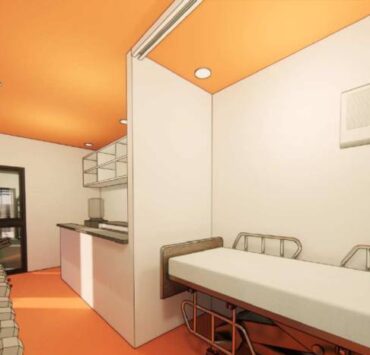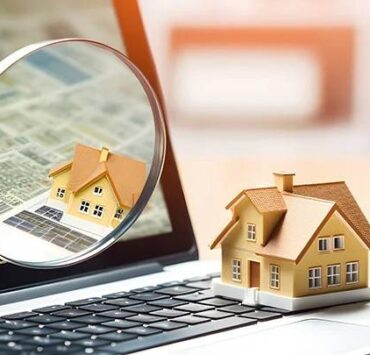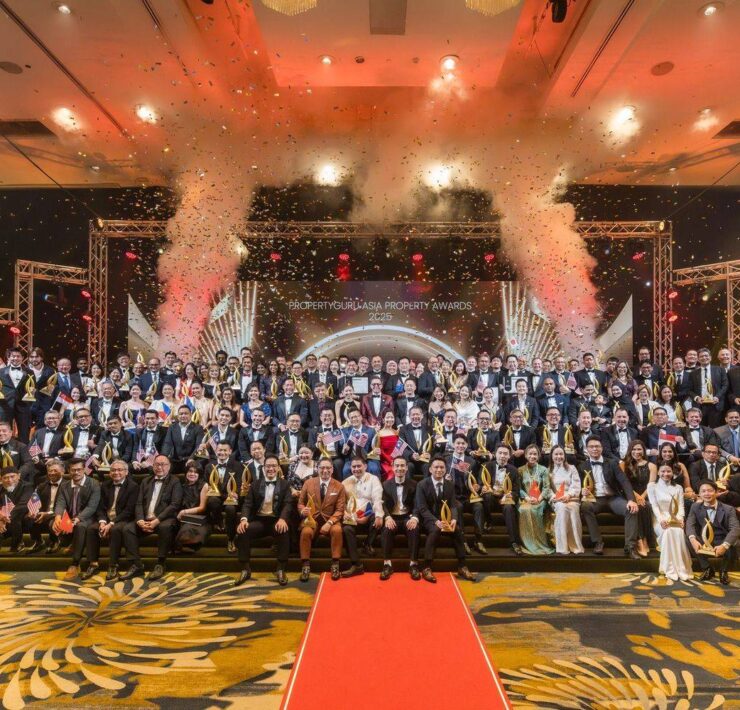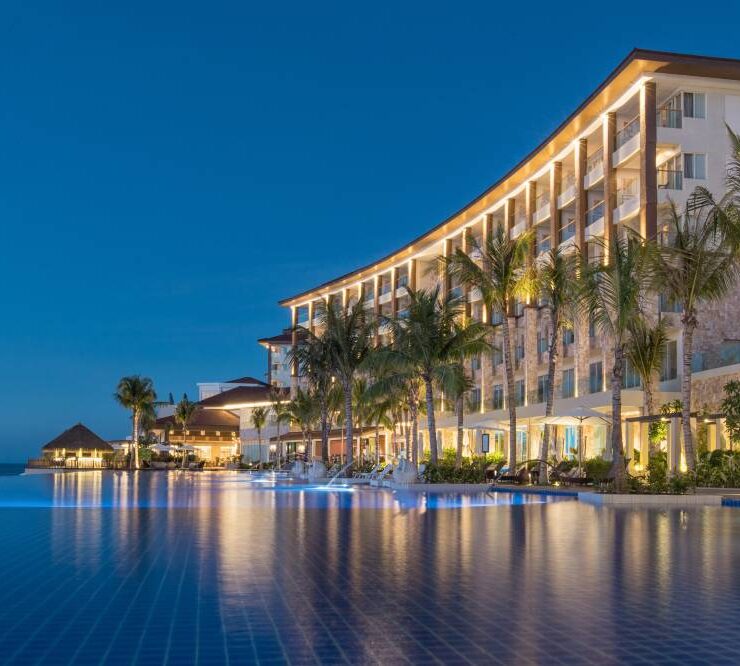A holistic approach to sustainable design

In the Philippines, the urgency of adopting holistic approaches becomes painfully evident with each passing storm.
The nation faces recurring floods, casualties, and landslides, with each event a tragic reminder of the dire consequences of inadequate planning and infrastructure.
With every typhoon season, the question arises: Until when? How long can communities withstand the cycle of destruction and rebuilding? These disasters underscore the need for sustainable development strategies that do not just address the present but also anticipate and mitigate future risks.
Groundbreaking framework
The 360° Systemic Thinking approach emphasizes the importance of considering not just the immediate project scope but also the Zone of Influence—the space beyond the site boundary where design interventions connect to or transform the broader urban environment.
This comprehensive approach ensures that sustainable development extends its impact beyond the building itself.
Central to this philosophy is the belief that sustainability must be embedded as a non-negotiable norm within society. It’s not just the responsibility of professionals and developers–bold government policies and active citizen participation are equally essential.
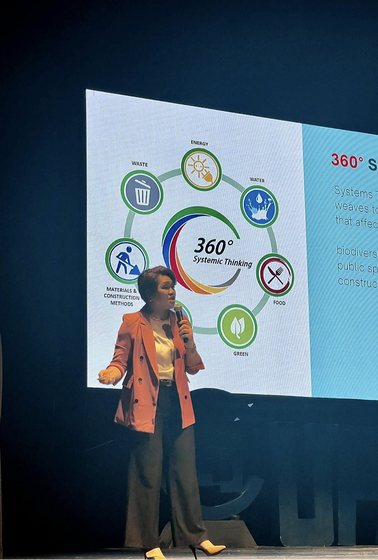
Core principles
Energy efficiency and innovation. Energy is fundamental to sustainable design, and 360° Systemic Thinking prioritizes energy efficiency from the outset. An optimized building design enables efficient cross-ventilation and maximizes daylight exposure, reducing the need for artificial lighting and mechanical ventilation.
In the Philippines, where airconditioning can account for up to 60 percent of a building’s total energy load, it is essential to rethink conventional cooling methods. The concept of “designing low tech and low energy for high comfort” becomes integral, focusing on minimizing energy consumption without compromising indoor comfort.
Green spaces as integral components. Green spaces are essential elements that contribute to ecological balance and human well-being. In 360° Systemic Thinking, green spaces are integrated into the design process, enhancing air quality, reducing urban heat islands, and providing biodiversity habitats.
Water management and conservation. Water is a precious resource, and its management is crucial to sustainable design. The 360° Systemic Thinking incorporates water-sensitive urban design, focusing on conservation, recycling, and efficient management. This includes strategies like rainwater harvesting, the use of permeable materials, and the creation of natural water bodies to manage stormwater.
Sustainable food systems. Incorporating food systems into urban design is a growing trend that 360° Systemic Thinking embraces. Urban agriculture, community gardens, and green roofs provide local food sources, reduce transport emissions, and contribute to food security. These also enhance the Zone of Influence, as they create vibrant community spaces and encourage sustainable living practices.
Public space as a catalyst for social Interaction. Public spaces are the heart of any community. In this framework, public spaces are designed to be inclusive, accessible, and multifunctional, promoting social cohesion and community engagement. The Zone of Influence is crucial here, as well-designed public spaces can transform surrounding areas.
Materials and construction methods. The 360° Systemic Thinking emphasizes the use of sustainable, locally-sourced materials with low environmental impact. Innovative construction techniques, such as prefabrication, modular construction, and the use of recycled materials, are also encouraged to reduce waste and energy consumption.
Waste management and circular economy. Waste management is addressed from the beginning of the design process in 360° Systemic Thinking. The focus is on minimizing waste, optimizing material use, and creating systems for recycling and repurposing. This aligns with the principles of the circular economy, where waste is viewed as a resource. The Zone of Influence is relevant, as effective waste management strategies can encourage sustainable practices.
Interconnections and the ‘Zone of Influence’
The strength of 360° Systemic Thinking lies in its recognition of the interconnectedness of these systems and their influence beyond the immediate project boundary.
Energy, water, food, waste, and public spaces are all interdependent components of a larger ecosystem. By considering these interconnections and the Zone of Influence, designers can create environments that also enhance the resilience and sustainability of the broader urban environment.
For example, efficient water management can reduce the energy required for treatment and distribution, while green spaces can support local biodiversity and sustainable food systems. Public spaces, when designed with inclusivity in mind, can transform surrounding areas, creating a positive impact that extends far beyond the project site.
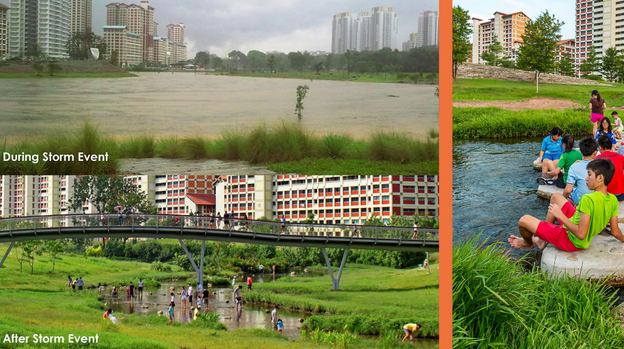
Sustainable living
Sustainable living reduces our demand for natural resources by ensuring we replace what we use to the best of our ability. This practice must be embedded in the fabric of society.
Sustainability should not be seen as an option but as a norm. This shift requires bold government policies, professional commitment, and active citizen participation. It is a collective mandate; our actions must lead the change, driving the transformation needed to create a more resilient and sustainable world.
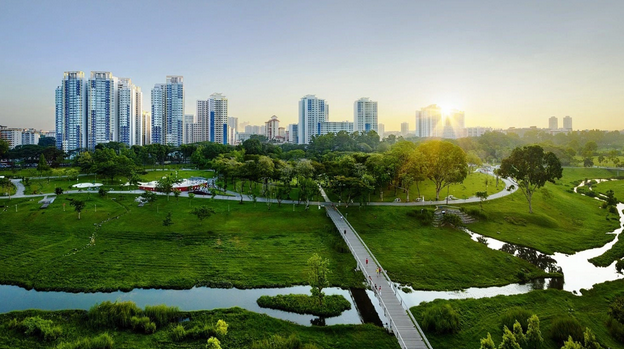
The future of sustainable design
As the world faces the challenges of climate change, resource depletion, and rapid urbanization, the need for systemic, holistic approaches to design has never been more critical.
The 360° Systemic Thinking offers a robust framework for creating sustainable, resilient, and vibrant environments that can meet today’s needs while safeguarding the resources of tomorrow.
It challenges us to think beyond the immediate project scope, considering the broader impact on the environment, society, and future generations. By integrating energy, green spaces, water, food systems, public spaces, materials, waste management, and the Zone of Influence into the core of design conception, we can create holistic, sustainable solutions.
This is the future of sustainable design, in which every decision contributes to a more sustainable and equitable world.
In the Philippines, this approach is necessary. The cycle of storm-induced devastation must end, and it is through holistic approaches like 360° Systemic Thinking that we can begin to build a more resilient and sustainable future.
The author is managing partner at CORE+, an institution that pioneers sustainable workflows through advanced digital technology. She is also a co-founder and director of Green Building Experts Pte Ltd (GBuildEx); specializes in sustainable development; and serves as a mentor at the National University of Singapore














